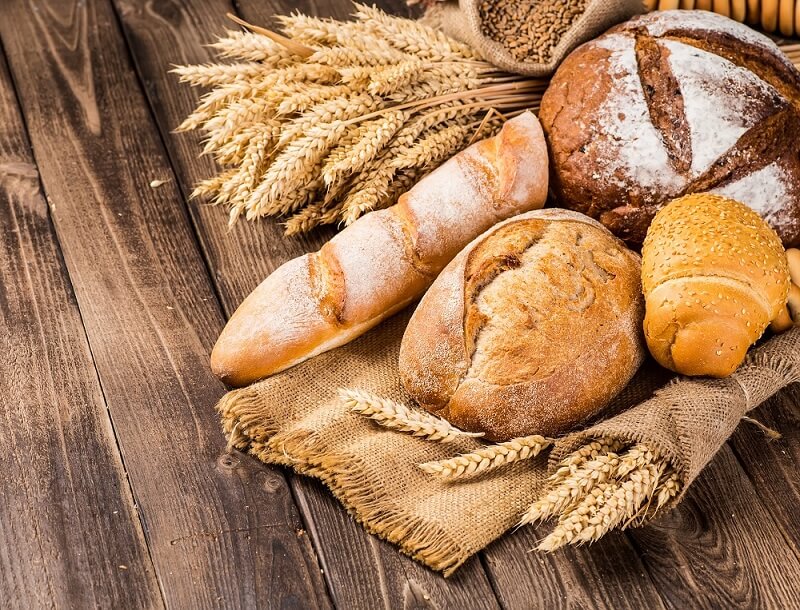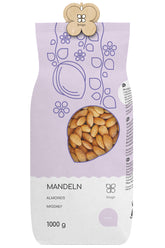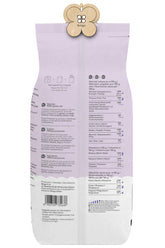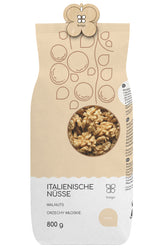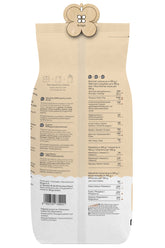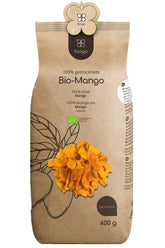Bread - types and nutritional values
Bread is a staple food found in almost every household. We usually eat it with vegetables, cheese, and cold cuts, and we also often use it as an accompaniment to various dishes. Some spread it with butter, others with mayonnaise, and still others with cottage cheese, but more and more people are paying attention not only to the taste of bread, but also to its nutritional properties.
Growing interest in diverse diets and a healthy lifestyle has also led to greater awareness of bread consumption. Gluten-free, whole-grain, or rye bread can easily be found in many bakeries, and small local shops and supermarkets also have a wide selection. So, it's worth checking out exactly what we can choose from, as there are so many options available—especially since not all bread is healthy, although it's difficult to tell right away.
Bread - basic information
The name "bread" refers to all products made from water, flour, and salt, although it is commonly used as a synonym for the word "bread." It's worth noting that the listed ingredients can be combined with various types of additives, such as spices, dried fruits, or grains and seeds such as sunflower or pumpkin. An average loaf of bread contains 50 to 60 percent carbohydrates, as well as a good amount of protein, fat, fiber, magnesium, potassium, phosphorus, and small amounts of amino acids, sodium, and calcium. Bread (and especially its crust) is also extremely rich in vitamins, mainly from groups B and A.
Types of bread
There are three main types of bread: wheat, rye, and mixed. The first is divided into ordinary bread (e.g., wheat bread), fine bread (supplemented with fat, egg mixture, and sugar, including toast and croissants), and semi-confectionery such as buttered rolls. The second type of bread is made from light or dark rye flour on sourdough and contains some baker's yeast. The third, in turn, includes wheat and rye baked goods, such as country and milk bread.
Nutritional properties of bread
According to experts in healthy eating, whole-grain bread is the healthiest because it contains the most vitamins and fiber, which contribute to proper intestinal function (which we wrote about in a previous article). Breads rich in seeds, grains, and kernels are also recommended, as they are an excellent source of unsaturated fatty acids, as well as vitamins and minerals. Eating graham crackers (or its alternative, graham crackers) is also beneficial, while white bread, which has the lowest nutritional value, is the least recommended.
To summarize : Bread itself isn't unhealthy, as it provides the body with many nutrients necessary for proper functioning. However, it's worth paying attention to the type of bread we choose, as different types have different nutritional properties. Whole-grain bread is the safest, while white bread is the lowest quality. We should also remember, no matter which type we choose, to build our sandwiches with healthy ingredients, such as fresh vegetables.
See also the article: Why is it worth drinking tea?
THE PUBLISHER'S CHOICE
Almonds 1 kg BIOGO
- £11.00
£13.00- £11.00
- Unit price
- / per
Walnuts 800 g BIOGO
- £8.00
£10.00- £8.00
- Unit price
- / per
Dried organic mango 400 g BIOGO
- £10.00
- £10.00
- Unit price
- / per
Dried White Mulberries 500 g ORGANIC
- £6.00
£7.00- £6.00
- Unit price
- / per
Dried organic figs 800 g BIOGO
- £27.00
- £27.00
- Unit price
- / per
Unpeeled buckwheat groats 1 kg BIOGO
- £3.00
£3.00- £3.00
- Unit price
- / per
Organic coconut flakes 500 g BIOGO
- £9.00
- £9.00
- Unit price
- / per
Organic oat flakes 600 g BIOGO
- £4.00
- £4.00
- Unit price
- / per
Organic cashew nuts 1 kg BIOGO
- £18.00
- £18.00
- Unit price
- / per
Milk thistle seeds 1 kg BIOGO
- £4.00
- £4.00
- Unit price
- / per




















































































































